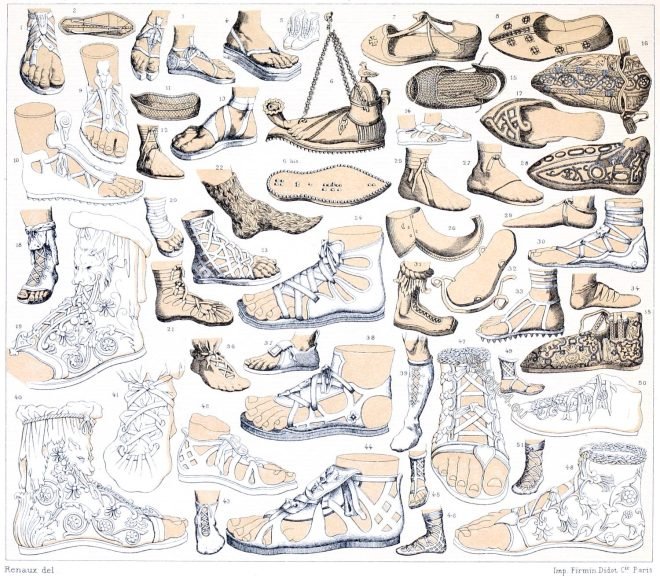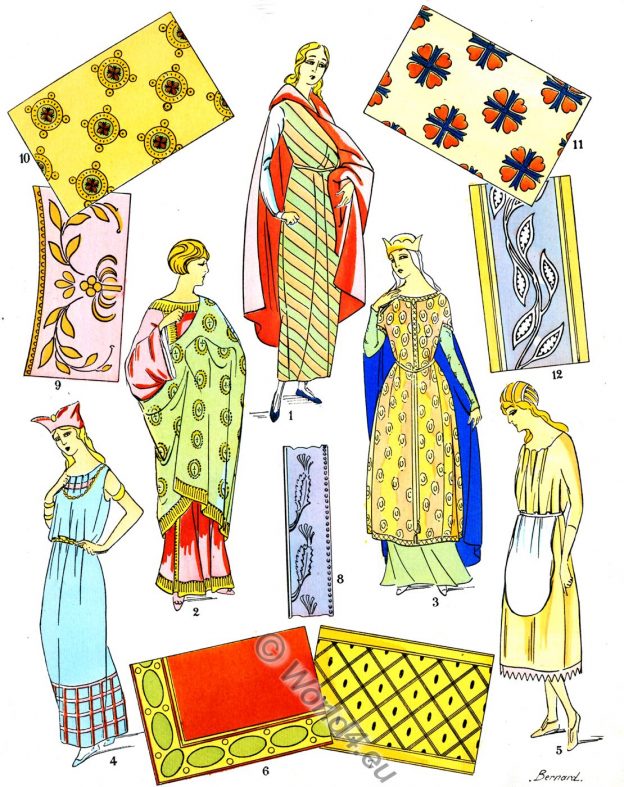Classical Antiquity. Footwear. Fashions and Customs. Calceus, Ocrea, Caliga, Campagus, Crepida, Solea, Pero, Ceremonial shoes, Runner’s boots, Lace-up shoe.
Category: 4th Century
Hunting scene of Sassanian Fabrics of the Middle Ages.
During the reign of the Sassanids, who ruled the Neo-Persian Empire from 250-650 AD and were distinguished by their love of luxury, the arts, especially those of weaving, reached a high level of perfection.
Basilian monks. The foundation of the Order of St. Basil.
Order of Saint Basil the Great. Basilian monks. Armenian Monks. Coptic Monks.
Costume variations of the Byzantine King and Queen. 400-1100 AD.
The two figures shown here represent several new varieties of Byzantine costume.
Costumes of the Byzantine Middle Class. 400 A.D. – 1100 A.D.
Byzantine costume was the dress of the world after the fall of Rome.
Byzantium. Costumes of the Eastern Roman emperor and empress.
History of Costume. Byzantium. 400 – 1100 AD. Costumes of the Eastern Roman emperor and empress.
The Byzantine Ornament of Antiquity and the Middle Ages.
The Byzantine style of art. The Romanesque style. Marble mosaic work. Examples of flowing foliage. Ornamental forms of ancient Persepolis. Ornamentation of the Middle Ages.
Gallic Headdresses. Merovingian.
Gallic Headdresses. Merovingian fashion era. Part XII. – GAUL Plate 7.
Gallic fabrics and embroideries. Merovingian fashion.
Gallic fabrics and embroideries. Gaul Plate 8.
The comfortable costumes of the fashionable Gallic women.
Carvings on Gallo-Roman tombs show the fashionable gallic women dressed in the penula, sometimes they have an apron over a very short tunic.










